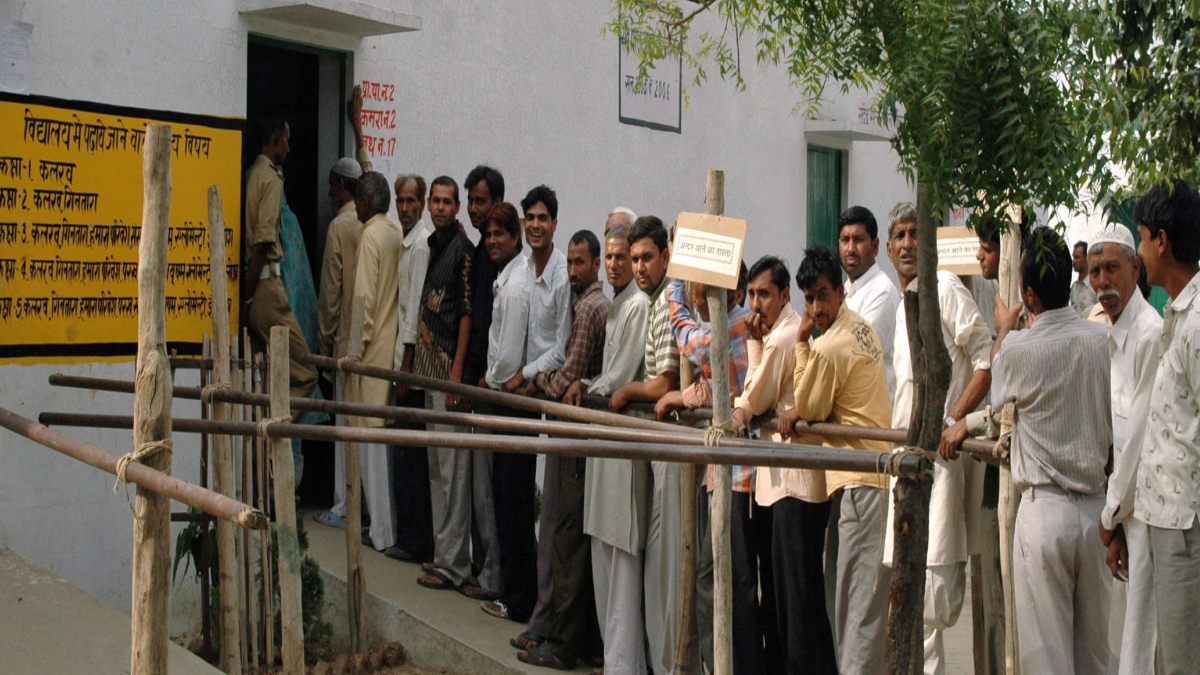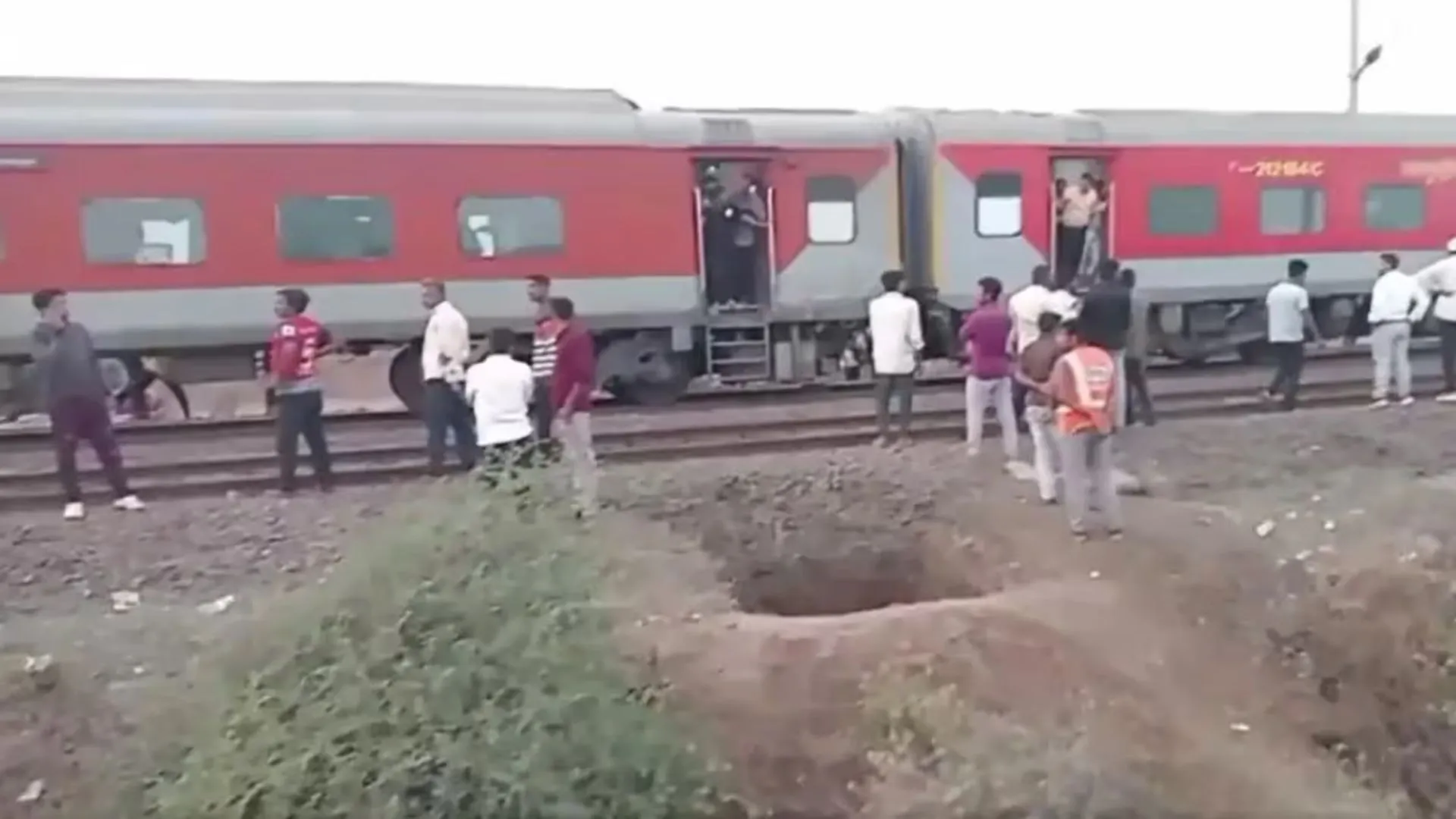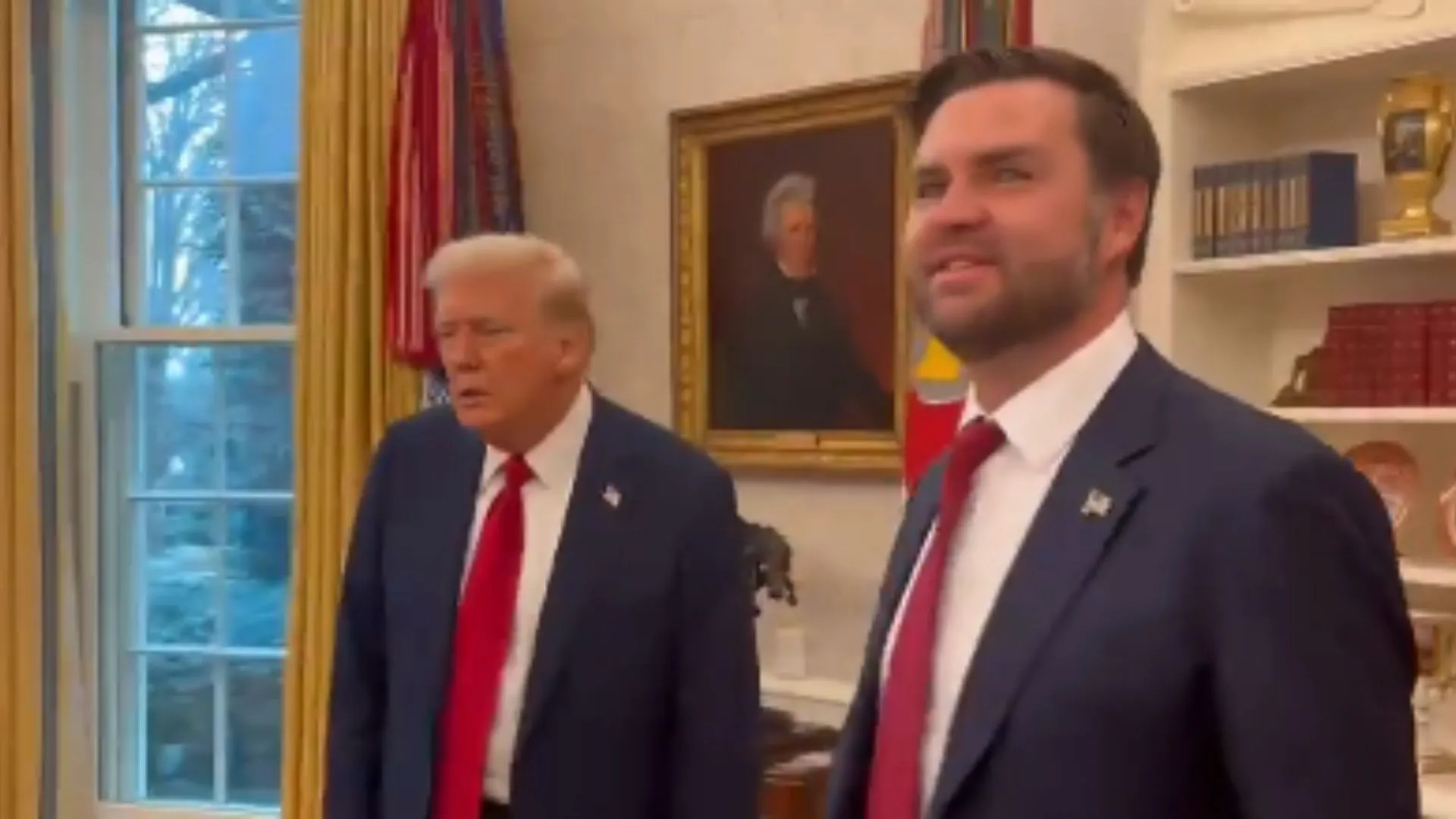With less than four months left for the Uttar Pradesh (UP) Assembly Elections, political parties are going full steam ahead in an attempt to woo voters in the most populous state in the country. Uttar Pradesh, where 403 Assembly seats will be contested, is going to be instrumental for any party looking to increase its presence in the lower house of India’s national parliament in the 2024 Lok Sabha elections. Being held in the midst of the COVID-19 pandemic and being the first UP election after laying the foundation of Ram Temple in Ayodhya and the abrogation of Article 370 in Jammu and Kashmir, the upcoming assembly polls will also be a testing ground for the Bharatiya Janata Party (BJP) and Prime Minister Narendra Modi’s popularity ahead of the 2024 general election.

The BJP was able to capture the state in 2017 with a staggering majority, winning 312 seats in the 403 member Assembly with a 39.67% vote share. While the party is hoping to recreate its 2017 victory in 2022, it faces tough competition from the Samajwadi Party, which won 47 seats in the 2017 elections. The election is pivotal for regional parties such as SP and the Bahujan Samaj Party (BSP), both of which have previously ruled the state with a clear majority. The BSP won only 19 seats in the 2017 state elections which was its lowest tally since 1991 when the party won 12 seats. Both parties are trying to revive their hold in the state and emerge dominant. Issues of unemployment, price rise, and law and order continue to dominate the minds of the electorate and parties are trying to use a combination of promises, alliances and caste engineering to win the populous state. Let us take a look at what the major parties are doing in an attempt to woo voters in the final months before the elections and the major issues the voters have in mind as the year draws to a close.
Source: Wikimedia Commons
BJP LEAVING NO STONE UNTURNED

Ahead of the Assembly elections, last month, the BJP finalised an alliance with seven smaller regional parties, keeping in mind its caste arithmetic to create an appeal amongst different social groups. These parties are part of the Hissedari Morcha, a coalition of smaller parties that came together this year with an aim to give their communities a bigger voice, with representation from various Other Backward Caste (OBC) groups, including Bind, Gadariya, Kumhaar, Dhivar, Kashyap, and Rajbhar. Other parties include the Bharatiya Manav Samaj Party, Shoshit Samaj Party, Bharatiya Samata Samaj Party, Prithviraj Janshakti Party, and Musahar Andolan Manch aka Gareeb Party. The party launched its “Jan Ashirwad Yatra” in the state on August 16 to connect with the electorate. The yatra aimed to touch 120 assembly constituencies and cover more than 3,500 kilometres.
Senior party leader and Union Home Minister Amit Shah visited Varanasi on 12 November during which he held an ‘election meet’ with nearly 700 leaders and reviewed the preparations for the Assembly polls. BJP presidents from all 98 districts and in charge of all 403 constituencies along with all regional BJP presidents and all senior functionaries attended the meeting. Prime Minister Narendra Modi inaugurated the Purvanchal Expressway in the state on 16 November. Shortly after this, the Prime Minister, along with Defence Minister Rajnath Singh, is scheduled to visit Jhansi on the 193rd birth anniversary of Rani Laxmibai. The party has also announced ‘river yatras’ in an attempt to woo the Nishad community. The ”Kamal Nauka Yatra” will have members of fishermen and boatmen communities travelling by the BJP boats, talking about the party’s initiatives for the community which is politically dominant along the banks of the Ganga and the Yamuna. The BJP is also making a conscious effort to win over a section of the minority vote by wooing Muslims. Around 44,000 members will be sent out across the state to speak to Muslim families and make them aware of the welfare work carried out by Prime Minister Narendra Modi and Yogi Adityanath in the state. The BJP’s social media team is also campaigning for a return to power. As per reported information, BJP video vans have started rolling out to villages from 11 November and they will display 30-minute-long films highlighting the achievements of the Yogi Adityanath government.

SP: GAME OF STRATEGIC ALLIANCES AND SUPPORT

The Panchayat Elections conducted in early 2021 clearly saw the Samajwadi Party emerging as the principal opposition party in Uttar Pradesh.
SP president Akhilesh Yadav announced on 14 November that the party will not be sealing an alliance with any major parties for the crucial election, making it clear that the party will not be joining forces with the INC as it did in the 2017 polls. Instead, the SP is choosing to strategically align itself with smaller, but electorally significant regional parties. The party has joined hands with the Suheldev Bhartiya Samaj Party which has a substantial influence in eastern Uttar Pradesh and leads a coalition of many other caste-centric parties. Analysts estimate that SBSP’s standing amongst the Rajbhar and other similar communities can swing the outcome in 153 assembly seats, particularly in close contests. The party has also forged pacts with outfits such as Keshav Dev Maurya’s Mahan Dal and Sanjay Chauhan’s Janvadi Party (Socialist) amongst others. Additionally, the Rashtriya Lok Dal (RLD), which enjoys support among farmers of western Uttar Pradesh is also likely to announce a tie-up with the party.
Yadav also took out the first leg of his “‘Vijay Rath Yatra”’ from Kanpur to Hamirpur in October. The rallies have attracted huge crowds and Yadav has used them as an opportunity to attack the incumbent BJP government on a range of issues, including its failed promise of cleaning the river Ganga, increased price of electricity, and “anti-Constitutional” activities, among others. The party is also undertaking its ‘Jan Mann-Vijay’ campaign and ‘Har Booth Par Youth’ programme to reach out to the people of the state and ensure the success of its overall campaign. Senior party leader, Shivpal Yadav, has also initiated a ‘Samajik Parivartan Rath Yatra’ from Mathura after offering prayers at the Bankebihari temple. The yatra will end in Raebareli after covering the entire state in seven phases. The SP has traditionally relied on the support of Muslims to win, however, analysts have observed that the party is taking steps to appease Hindu voters and change its image of being a pro-Muslim party. In order to do so, Yadav and other party members have visited a number of Hindu temples and proclaimed that Yadav was a “bigger” and “better” Hindu than the leaders of the BJP.
Source: Wikimedia Commons | Flikr: Al Jazeera English


BSP: GOING BEYOND THE DALIT-BRAHMIN FORMULA
The Mayawati-led Bahujan Samaj Party (BSP), which has not won in the state since 2007, has also announced that it will not be entering into an alliance with any major party in 2022. The party has revamped its election strategy and announced events focused on youth and women. Mayawati’s party is going beyond its traditional Dalit-Brahmin social engineering formula and presenting itself as a party of sarva dharma sambhaav (equality of all religions). While announcing its ‘Brahmin Mission’, the party has been organising Prabuddh Sammelans across the state. Several of the party’s new initiatives are being taken up by the party’s national general secretary and Rajya Sabha MP Satish Mishra and his family members. Mishra’s wife has been holding meetings under “Prabudha Mahila Vichar Ghosthi” and “BSP Mahila Sammelan” initiatives for interaction with women’s groups from Brahmin and Dalit communities. The party is still continuing to push its Dalit-Brahmin formula — both communities together have a 36% vote share — with meetings that stress brotherhood between the two. The party has also adopted its new slogan of, “Jai Bhim, Jai Bharat, Jai Parshuram”.

INC AND OTHERS
The Congress began its statewide ‘Pratigya Yatras’ in October. Priyanka Gandhi, the AICC General-Secretary for Congress in the state, flagged off all the rallies from Barabanki. During the course of the yatras, the party communicated its seven pledges to the state apart from its election manifesto. The party has also promised to reserve 40% of seats for women in ticket distribution for UP elections. It has announced a complete waiver of outstanding farm loans and freebies like smartphones and scooters for girls along with free medical treatment up to Rs 10 lakh for the citizens of the state. Additionally, the UPCC minority department in September 2021 launched a campaign to distribute a 16-point election manifesto containing promises such as the withdrawal of cases registered during the protests against CAA-NRC (Citizenship Amendment Act-National Register for Citizens) with the motive to appease the Muslim population.

Source: Wikimedia Commons

Source: Wikimedia Commons
Other parties in the fray, including the All India Majlis-e-Ittehad-ul Muslimeen (AIMIM), launched their campaign for the assembly elections from the Ayodhya district in September. The party is likely to contest roughly 100 Assembly seats with a special focus on western Uttar Pradesh which has a sizable Muslim population. Similarly, the Aam Aadmi Party (AAP) launched a Tiranga Yatra in Ayodhya in September, attempting to make distinct inroads into the political landscape of the state ahead of the 2022 Assembly polls. The AAP has held Tiranga Yatras in various cities such as Lucknow, Agra, and Noida, and will travel to all UP districts within 2021. The party has also made promises such as providing 300 units of free power to people, waiver of all pending bills within 24 hours of getting elected, free power to farmers for agricultural purposes, and 24 hours of uninterrupted power supply.
Contributing reports by Damini Mehta, Junior Research Associate at Polstrat and Devak Singh, Vrinda Tulsian, Interns at Polstrat.























